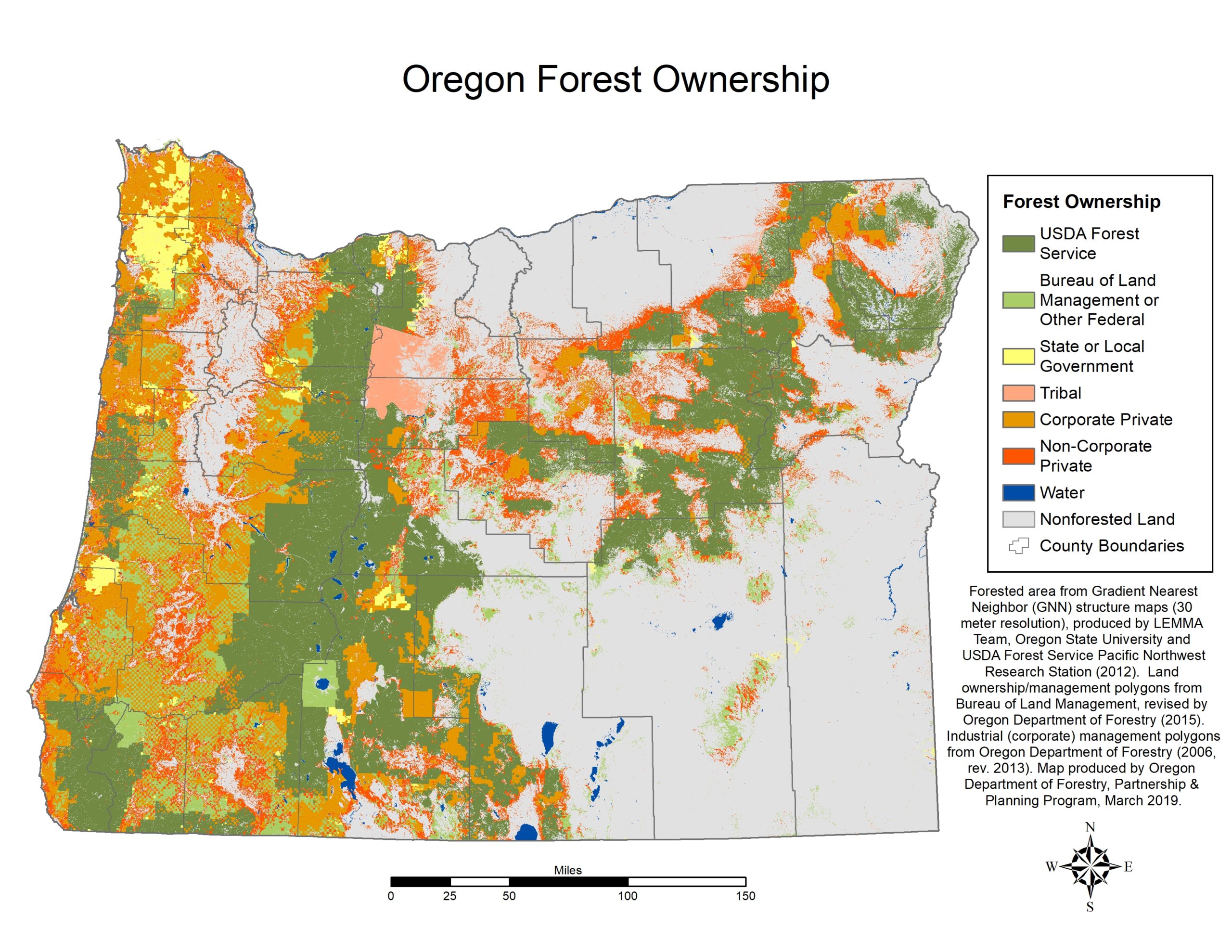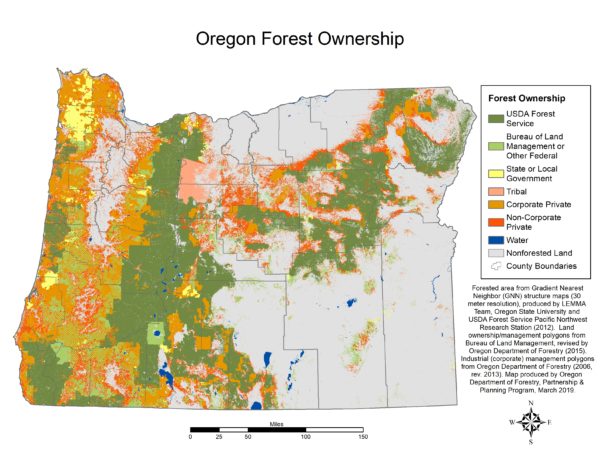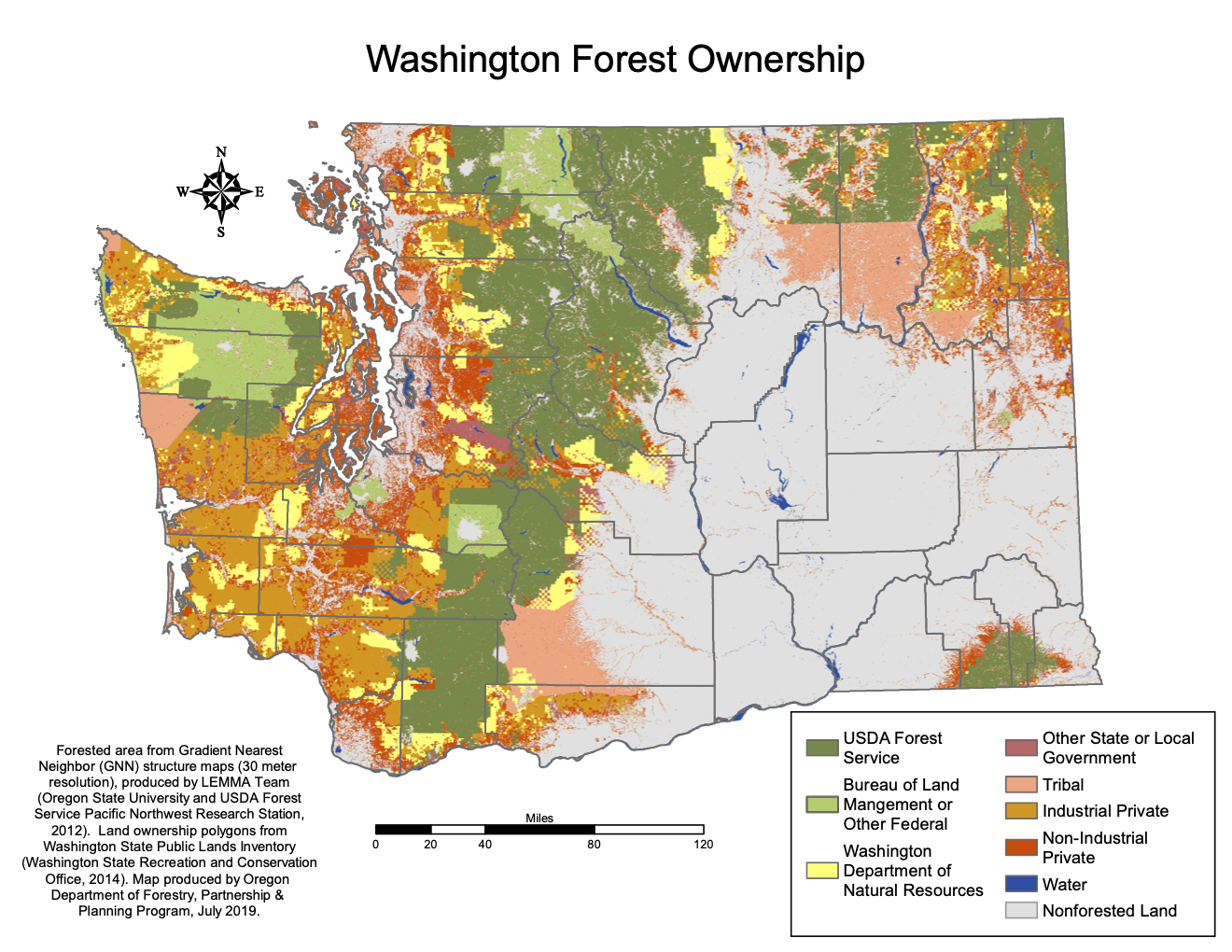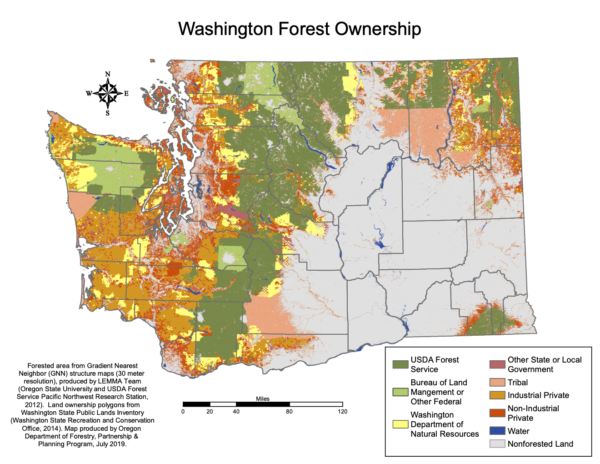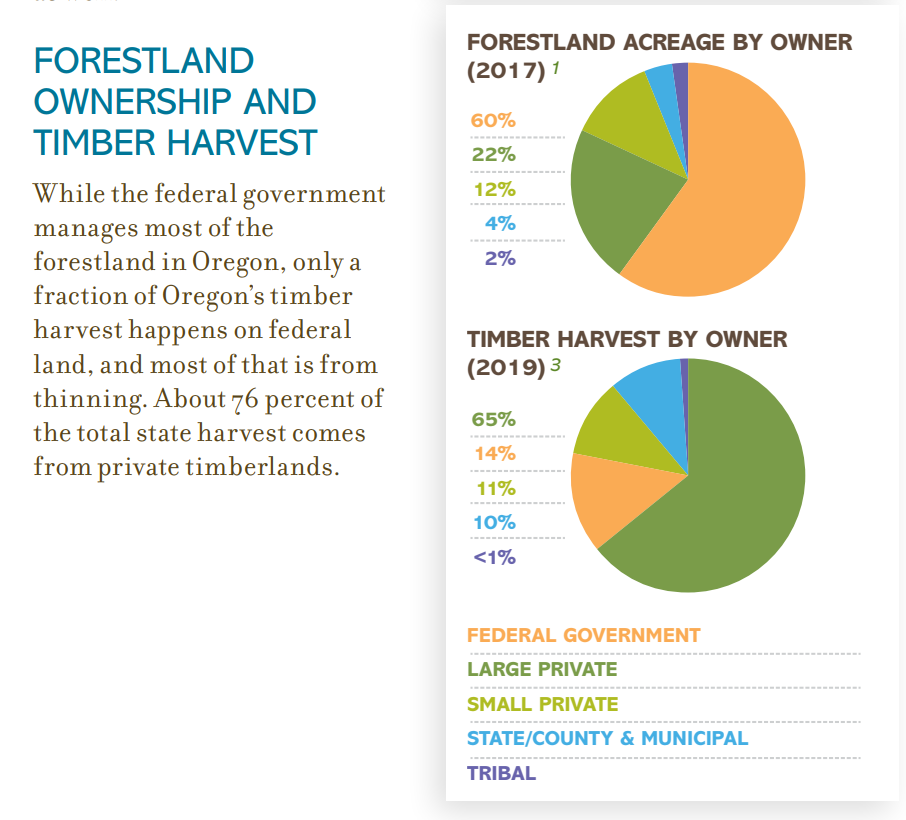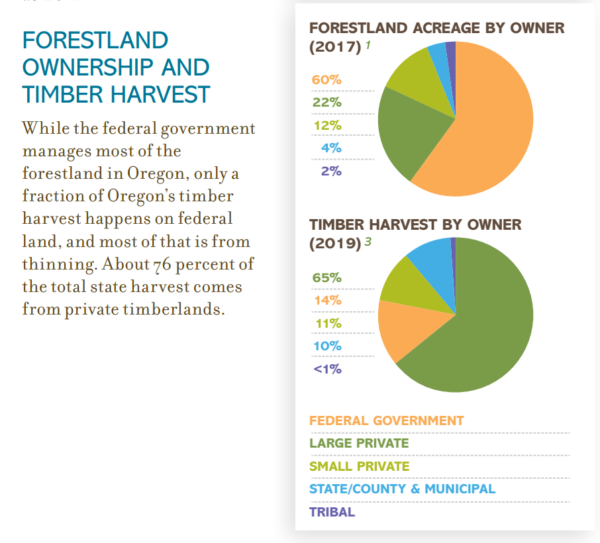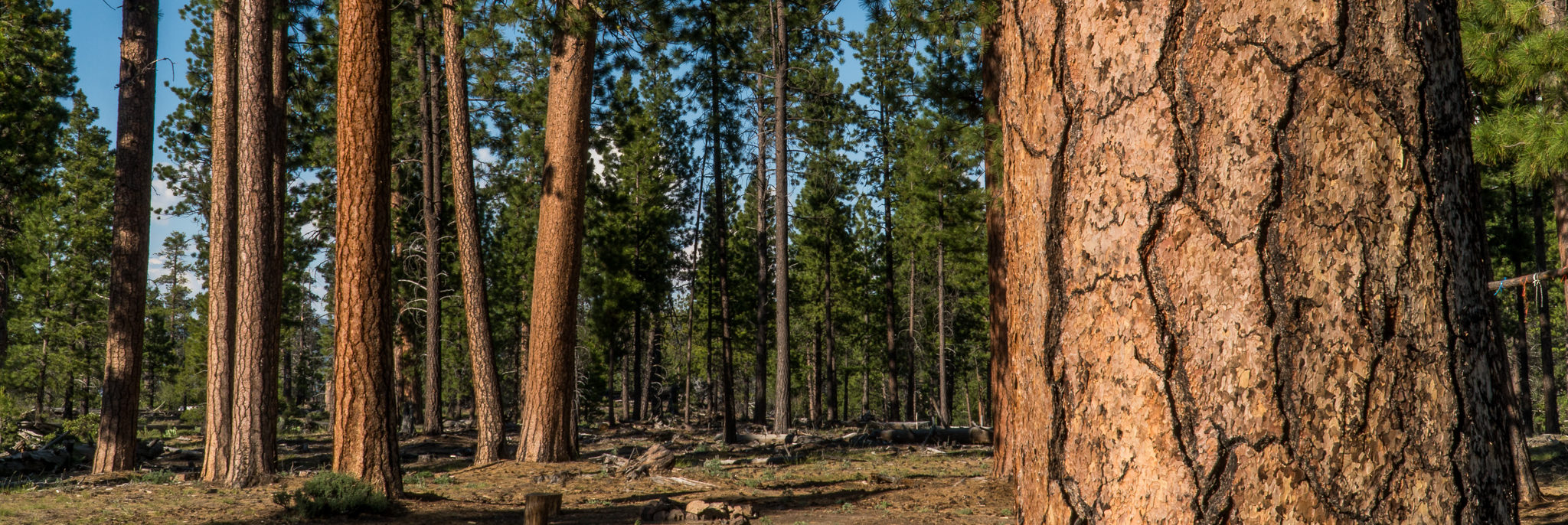
Home
Mass Timber Rising
Sustainable Forests
Tall Wood – Low Carbon
Fuels to Frame
About
Stable and Growing Carbon Pools
Who Owns the Forest?
Understanding the impact and potential of mass timber construction means knowing where the wood comes from. As the mass timber industry grows, the question of where future wood supply will come from becomes more important.
The key to understanding timber harvests in the Northwest is land ownership. Broadly speaking, forest ownership has a large impact on how that forest is managed. Federally managed forests like those managed by the US Forest Service and the Bureau of Land Management aim to provide a broad suite of societal values including wildlife habitat, recreation, clean water, carbon storage and commercial timber. Owners of large private forests generally seek to create a sustainable economic return and manage their lands more intensively. Small private family forestland owners manage for a variety of reasons including wildlife habitat, aesthetics, leaving the property for heirs, as well as commercial timber.
Large parts of both Oregon and Washington are forested. Just over half, 52%, of Washington is forested and just under half, 47% of Oregon is forest. In both states, the federal government manages large percentages of forested land. The federal government manages 60% of the forested land in Oregon. Of the roughly 30 million acres of forested land, the US Forest Service cares for 14 million or about half of all forested acres. The Bureau of Land Management also stewards significant holdings, about 3.5 million acres or 12% of the forested land. The State of Oregon manages about 942,000 acres, or 3% of the forested land.
Source: Oregon Department of Forestry, March 2019.
A similar ownership pattern is present in Washington. Of the 22 million forested acres in Washington, 43% or 9.5 million acres are managed by the federal government. Like Oregon, the US Forest Service manages the most land, 8.2 million acres. The National Park Service and the state of Washington care for sizable holdings as well. Over 1.1 million acres are reserved in Washington’s National Parks (Mount Rainier, Olympic and North Cascades). Washington Department of Natural Resources (WDNR) manages 2.6 million acres of state trust lands which equal 12% of the forested lands in the state.
Source: Oregon Department of Forestry, July 2019.
The difference in management approaches is clear in the timber harvests from the two states. Despite only accounting for a quarter of forestland acreage in Oregon, private landowners (industrial and family) provided 76% of the harvested volume. Federally managed forestlands contributed 16% of the timber harvest total while accounting for 60% of the forested acres. Similarly, federal forestlands in Washington state make up 43% of the forested acres but contribute less than 10% to the harvest volume. Private industrial and family forestland owners in Washington state harvest 70% of the commercial timber annually.
Source: Oregon Department of Forestry.
What does this mean moving forward? Consider that lumber demand from mass timber construction nationwide was estimated to be 450 to 500 million board feet in 2019. This figure equates to less than one percent of the 2019 North American softwood lumber production1. According to the 2020 Mass Timber Report this suggests,
“The mass timber industry can expand to several times its current size before it will make a significant impact on the North American lumber industry.”
The same is undoubtedly true at a regional level. Mass timber construction currently utilizes a small portion of the region’s softwood lumber and it will have to expand significantly before it makes an impact on the industry.
The industrial and small private ownerships that currently provide the two-thirds of the region’s commercial timber will continue to serve that role. While commercial timber harvest is just one of the many management priorities for small family forests, small landowners do respond to price signals. However, because the management goals of small landowners vary widely, it is not reasonable to expect dramatic change. Recall that lumber prices fluctuate over time and lumber prices are one of many variables that landowners take into consideration.
What about federal forests? Douglas fir is the dominant species used in mass timber construction and is prevalent on federal forests on the west side of the Cascade mountains. Harvest levels on federal forests have remained mostly flat for over a decade despite continued policy debate on the topic. Given that federal forest management follows a sustainable multiple use management concept an increase in timber harvest levels would be rigorously analyzed to ensure adequate protection of water, wildlife, habitat and recreation values.
1 Anderson, Atkins, Beck, Dawson and Gale (2020). North American Mass Timber 2020: State of the Industry. Forest Business Network.
Stable and Growing Carbon Pools
Next

